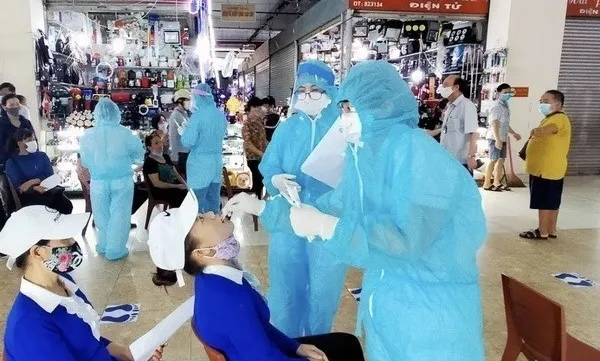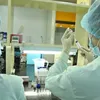Flexible blockade in preventing the spread of COVID-19

The World Health Organisation has classified the variants of the SARS-CoV-2 virus into two groups: Variants of Interest (VOIs) and Variants of Concern (VOCs); the VOCs including: Alpha (discovered in the UK); Beta (discovered in South Africa); Gama (discovered in Brazil); and Delta (discovered in India).
These VOCs have been confirmed to be associated with a significant increase in transmissibility; negatively changing the COVID-19 epidemiological situation; an increase in the virulence of the virus, further aggravation of clinical manifestations; a reduction of the effectiveness of public health measures, etc.
If the Alpha variant is up to 70% more infectious than the original strain, the Delta variant could be 40 to 60% more infectious than the Alpha variant. The rate of secondary infection (F1 positive) of Delta variant infections is higher than Alpha variant. Infection chains in many localities have also been recorded mainly in households, eating outlets, crowded market, and factories, etc.
These new studies are a very important basis in terms ofthe implementation of epidemic response solutions. Localities are still applying their anti-epidemic strategy according to the mottos of quickly tracing, isolating, zoning, and stamping out the epidemic, but there is flexibility in the face of new developments of the epidemic.
In recent days, many localities such as Dong Thap, Phu Yen, Ho Chi Minh City, Hung Yen, Tra Vinh, and Ba Ria - Vung Tau have applied blockade and isolation measures at different levels to stop the spread of the epidemic.
However, the blockade must be done in a strict manner, or it will cause damage not only to the economy but will also make people resistant to epidemic prevention and controlmeasures. Currently, pathogens are present in the community, so it is necessary to promote zoning, but blockades should be narrowed, tracing should be quicker,while testing should be wide and fast.
The National Steering Committee for COVID-19 Prevention and Control and epidemiologists have repeatedly warned localities to consider carefully before making a decision on the extent of the blockade, in order to avoid a situation where the epidemic is only in one village or a few communes, but zoning is being applied for the whole district or the whole city.
Once the outbreak has been identified, it is necessary to narrow it down as much as possible and strictly control it inside the blockade point, to absolutely not allow mass gatherings, or any travel in blockade locations.
Notably, in recent days, localities have still recorded a high number of new cases in blockade areas. Therefore, when implementing social distancing, zoning and blockades, localities must consider implementing social distancing on a large scale; according to the level of risk. If the area cannot be zoned immediately, testing must be done very quickly, in order to identify the sources of infection.
The experience of responding to the epidemic in Bac Ninh and Bac Giang in early May showed that, as soon as cases appeared in industrial parks, instead of giving workers a break from work, forces focused on identifying and zoning in areas of high-risk, while maintaining production activities and maintaining distance to keep workers and the community safe.
In Da Nang and some other localities, narrow blockadesand wide testing are being applied instead of widespread and long-term blockades. These methods are very suitable and should be replicated in other areas. to minimise the impact of the epidemic, thereby realising the dual goals of both effective anti-epidemic and economic development.





